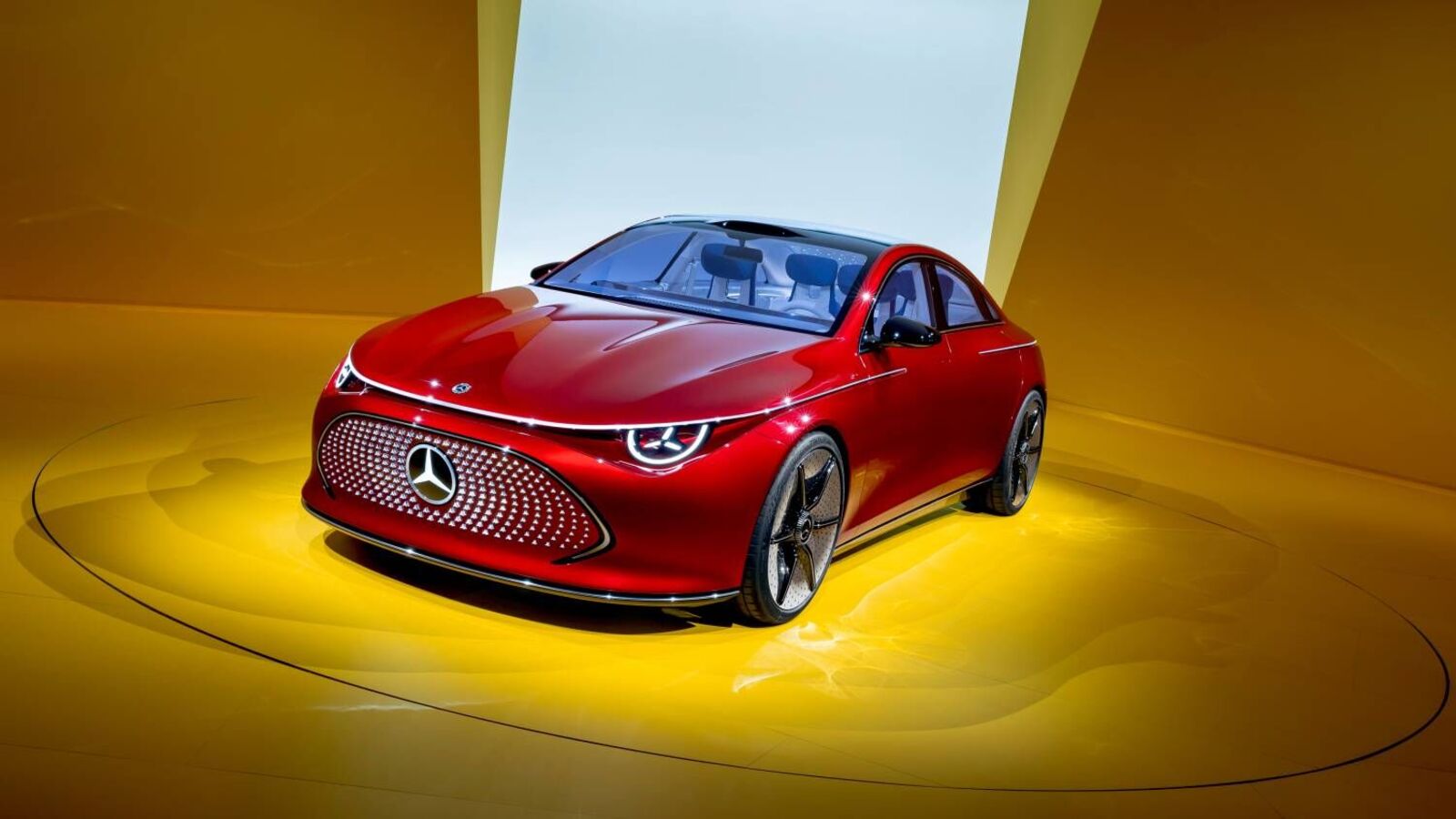Mercedes-Benz has decided to extend production of its A-Class hatchback until 2026, reversing its earlier plan to retire the fourth-generation model t
…
Mercedes-Benz’s ambitious plans for electrification have hit a roadblock, with the German automaker scaling back its expectations for the uptake of electric and hybrid vehicles. Initially aiming for hybrids and EVs to make up 50 per cent of its sales by 2025, Mercedes has revised this goal, now targeting just 21 per cent of total shipments by 2024.
In view of this, the German carmaker has announced that it will continue production of the A-Class hatchback until 2026, cancelling previous plans to retire the fourth-generation model as early as this year, a report by Autocar suggested.
Ola Källenius, CEO, Mercedes-Benz, described the new approach as a “flexible” model strategy, allowing Mercedes-Benz to continue producing internal combustion engine (ICE) models based on existing platforms into the next decade. He acknowledged the persistent price gap between combustion engine cars and electric models, stating that price parity is still “many years away.”
While the company had initially aimed for PHEVs and EVs to constitute its entire sales volume by 2030, it now expects these models to make up only half of its global sales by that time. This means that Mercedes is pressing forward with plans for a new family of compact cars, including the CLA, CLA Shooting Brake, GLA, and GLB, all of which will feature combustion engines. These models will be based on a newly developed MMA platform capable of supporting both gas engines and electric drivetrains.
Also Read : Mercedes revises EV plans with current market status. Check details
The MMA platform is designed to accommodate a variety of drivetrains, including ICE, PHEV, and EV configurations. The platform will debut with the third-generation CLA compact saloon, featuring an ICE variant powered by Mercedes’ M282 petrol engine. Additionally, electric variants of the new CLA will be available with either a single- or dual-motor powertrain, offering claimed ranges of up to 750 kms.
Mercedes-Benz’s studies indicate that demand for EVs will primarily be concentrated in the small and medium car segments. The company’s new targets indicate a continued production of gasoline-powered cars into the 2030s in response to slower-than-expected EV adoption rates.
While Mercedes remains committed to an electric future, it acknowledges that customer demand and market conditions will dictate the pace of its transformation. Källenius emphasized that the transformation of the auto industry towards electrification would not be a straightforward process, citing ongoing challenges such as the price disparity between EVs and ICE vehicles. He noted that EVs are likely to remain more expensive than their ICE counterparts for the foreseeable future.
First Published Date: 12 Mar 2024, 12:45 PM IST

